- Serial No.: 51385
- Manufacturer: Certo, Dresden, Germany
- Shipping date: 19.6.1957.
- Shutter: Synchro Compur
- Shutter speeds: 1, 1/2, 1/4, 1/8, 1/15, 1/30, 1/60, 1/125, 1/250, 1/500 and B
- Lens: Carl Zeiss Jena - Tessar 2.8/50
- Apertures: 2.8 to 22 in half stops
- Lens No.: 5026 936
- Lens mount: fixed
- Last CLA: 06/2010
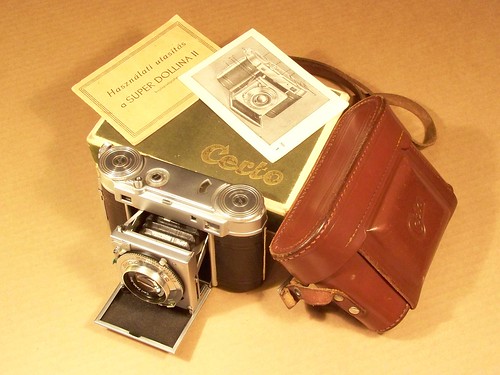
"Dear CERTO-friend
Hearty welcome to the occasion of choosing the Super Dollina II, after thorough consideration, therefore becoming a part of the large group of photographers who like the Certo cameras for half a century – and have always been satisfied with them." starts the manual (in my humble translation) and continues "We would like you to enjoy your new camera so we kindly ask your attention for a few minutes before you go and take photographs with your Super Dollina II. This few minutes will contribute to the formulation of a long lasting friendship between you and your camera. With right handling, the Super Dollina II will always be your faithful friend."
This small piece of beauty was manufactured in Dresden, DDR, after the WWII until the early 1970's. It has a Synchro-Compur shutter with speeds from 1 to 1/500 and B. The lens is a Zeiss Tessar 2.8/50mm rendering crystal clear pictures. It has all the technology built in to be a great camera. The main design aspect, however, had to be the look and not the ease of use; the handling needs strong dedication.
The film winding knob, for example, doesn't cock the shutter: it has to be done separately. You have to set the aperture with that ugly peg in the bottom of the lens front which is not only difficult to handle but the scale is almost impossible to read. Focusing is a heroic fight with the coupled rangefinder which is a little dark hole as close to be unusable as possible. Finally, you have to use the viewfinder which is separate from the rangefinder and can be best described as a really bad joke. I haven't mentioned the speed setting which is simply not convenient and has to be re-checked after setting the aperture because aperture setting can easily modify it. All in all, the whole procedure of preparation takes a lot of time, concentration and patience before each shot.
Which has its undeniable charm. Look at it this way: you have to slow down and think your shot over with an impressive old camera in your hand.
Some notes on the positive side before you think I'm against the Super Dollina II. No, I'm not, in fact I love it. This is an eye catching machinery with a very unique, characteristic feeling. Unfolding and folding the lens, for example, is a piece of true joy, it moves so precisely. The folder design makes it compact and easy to carry. It can produce really sharp pictures - thanks to the Zeiss Tessar lens.

The Super Dollina II was an obsolete design in its age, using new technology. Therefore it can give you the feeling of an archaic camera without the rust, stuck parts, low quality and restrictions in aperture sizes and shutter speeds typical of the cameras of the 30's and the 40's. It's a true classic beauty which fits into your pocket and won't let you down even in darker light conditions. A must have for today's individual and ascetic vintage camera user.
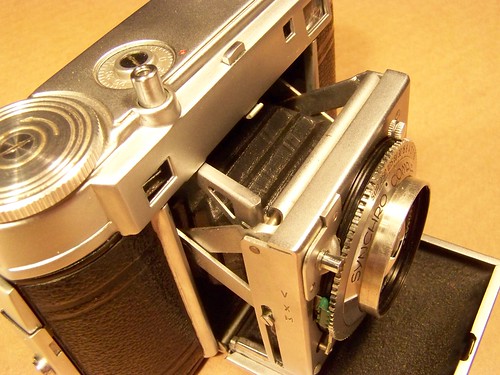
Here are some test pictures taken with it just to prove that I'm ascetic enough. No, I'm joking, it was a real pleasure to take these photos.

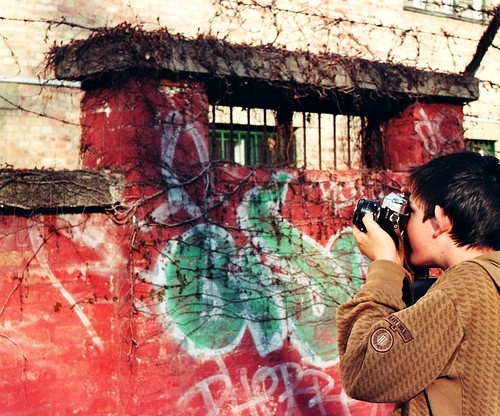
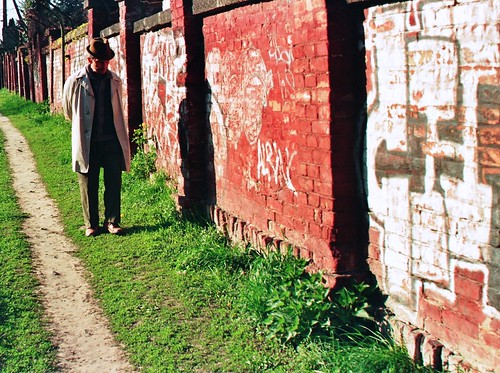
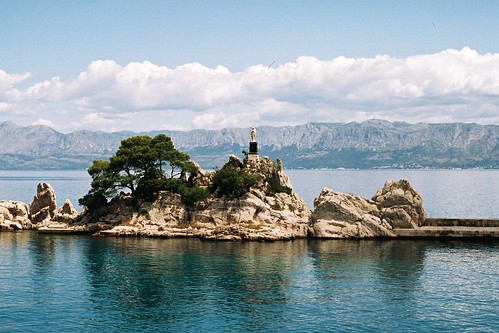
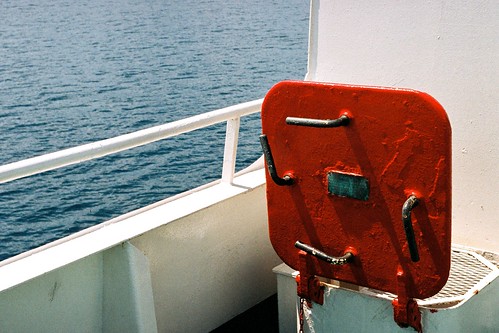
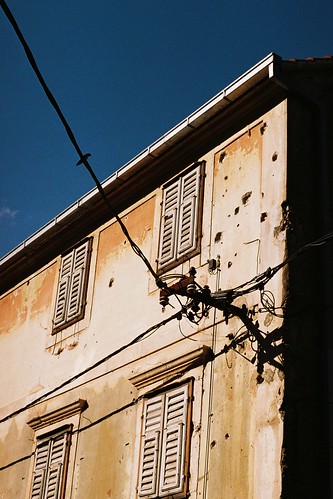

This Tessar lens is sharp like hell as you see. And the colors are living.
All in all, it's a lovely little camera.
No comments:
Post a Comment